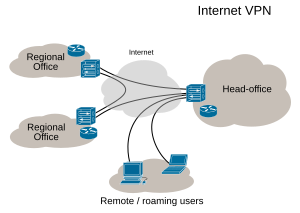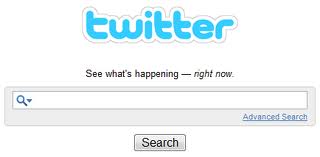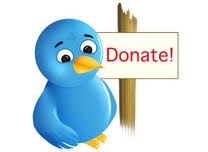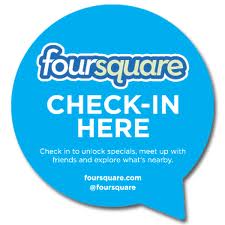 I’ve been blogging regularly since May 2011, which makes DonorDreams blog three years old next month. As with everything in life, there have been ups and there have been downs with things such as readership, content, and tech issues. I’m sure those of you who know me well, won’t be surprised to read that I tend to obsess over questions such as:
I’ve been blogging regularly since May 2011, which makes DonorDreams blog three years old next month. As with everything in life, there have been ups and there have been downs with things such as readership, content, and tech issues. I’m sure those of you who know me well, won’t be surprised to read that I tend to obsess over questions such as:
- Is the post is too long or too short? Will people read it?
- Is the headline going to capture readers’ attention and result in a click-through?
- Is the email subject line going to result in a higher open rate?
- Is the tweet too long or too short? Will it result in a RT?
- Are my sentences too long? What about my paragraphs?
I know some of you are rolling your eyes and chalking these questions up to my obsessive personality. While this reaction is well deserved, the reality is that there is a science to how you compose your non-profit organization’s emails, tweets, blog posts, etc. And since you’re not emailing, tweeting and blogging just for the heck of it, I think it is important to understand the science behind these things, especially if you want people to read your stuff.
 Last week, an old friend of mine from high school poked me on Facebook and posted an article from Kevan Lee at the Buffer blog. He does an awesome job of untangling the facts and figures while sharing some really great charts and graphs on this subject.
Last week, an old friend of mine from high school poked me on Facebook and posted an article from Kevan Lee at the Buffer blog. He does an awesome job of untangling the facts and figures while sharing some really great charts and graphs on this subject.
If you want your donors to read your Facebook posts, tweets, website and blog content, then this link is worth the click. Kevan even developed a wonderful little infographic to help you remember and use the content in his post. I’ve included it in this post for your review.
When it comes to evaluation strategies for DonorDreams blog, I have not been very fancy because I don’t have any money budgeted for those types of activities. The blog is just a labor of love. So, when I’ve wanted to know something (e.g. whether or not the theme formatting of the blog is attractive, etc), I’ve simply asked readers and friends for feedback. How did I do this? I went on Facebook and Twitter and asked.
Does your agency evaluate and play with content, length of content, and promotion strategies? If so, what have you found? What measurement strategies did you use? What did you do with what you learned? Please share your thoughts and experiences in the comment box below. We can all learn from each other!
Here’s to your health!
Erik Anderson
Founder & President, The Healthy Non-Profit LLC
www.thehealthynonprofit.com
erik@thehealthynonprofit.com
http://twitter.com/#!/eanderson847
http://www.facebook.com/eanderson847
http://www.linkedin.com/in/erikanderson847

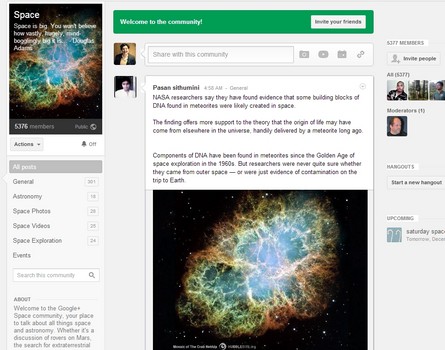



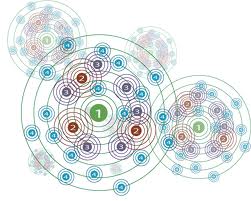 I was recently engaged in an engaging discussion about board development with a great group of non-profit board volunteers. The range of topics in that conversation spanned issues such as prospect identification, evaluation methods, prioritizing prospect lists, cultivating prospects, recruitment process, orientation, recognition, and evaluation. It was one of those conversations that a facilitator loves because everyone was engaged and actively participating. There was an energetic dynamic in the room, and then someone asked a really tough question:
I was recently engaged in an engaging discussion about board development with a great group of non-profit board volunteers. The range of topics in that conversation spanned issues such as prospect identification, evaluation methods, prioritizing prospect lists, cultivating prospects, recruitment process, orientation, recognition, and evaluation. It was one of those conversations that a facilitator loves because everyone was engaged and actively participating. There was an energetic dynamic in the room, and then someone asked a really tough question: For decades (and probably centuries), board development committees have answered this question the old fashion way. They sat down around a table and talked it over. Those committees who were successful had a diversity of people sitting around the table and were able to assess a prospect’s social network in an anecdotal manner. They talked about what they see and hear about the prospect. Here are just some of the things they most likely talked through:
For decades (and probably centuries), board development committees have answered this question the old fashion way. They sat down around a table and talked it over. Those committees who were successful had a diversity of people sitting around the table and were able to assess a prospect’s social network in an anecdotal manner. They talked about what they see and hear about the prospect. Here are just some of the things they most likely talked through: However, there are some “21st Century” tools that your board development committee might want to start using when talking through the issue of a prospect’s network. Consider the following:
However, there are some “21st Century” tools that your board development committee might want to start using when talking through the issue of a prospect’s network. Consider the following: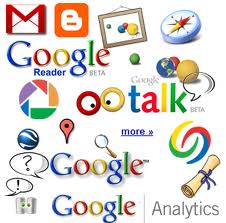


 #7 – Lessons Learned from The Susan G. Komen Foundation’s Use of Social Media
#7 – Lessons Learned from The Susan G. Komen Foundation’s Use of Social Media #6 – How Google’s Recent Changes Affect You and Your Nonprofit Organization
#6 – How Google’s Recent Changes Affect You and Your Nonprofit Organization